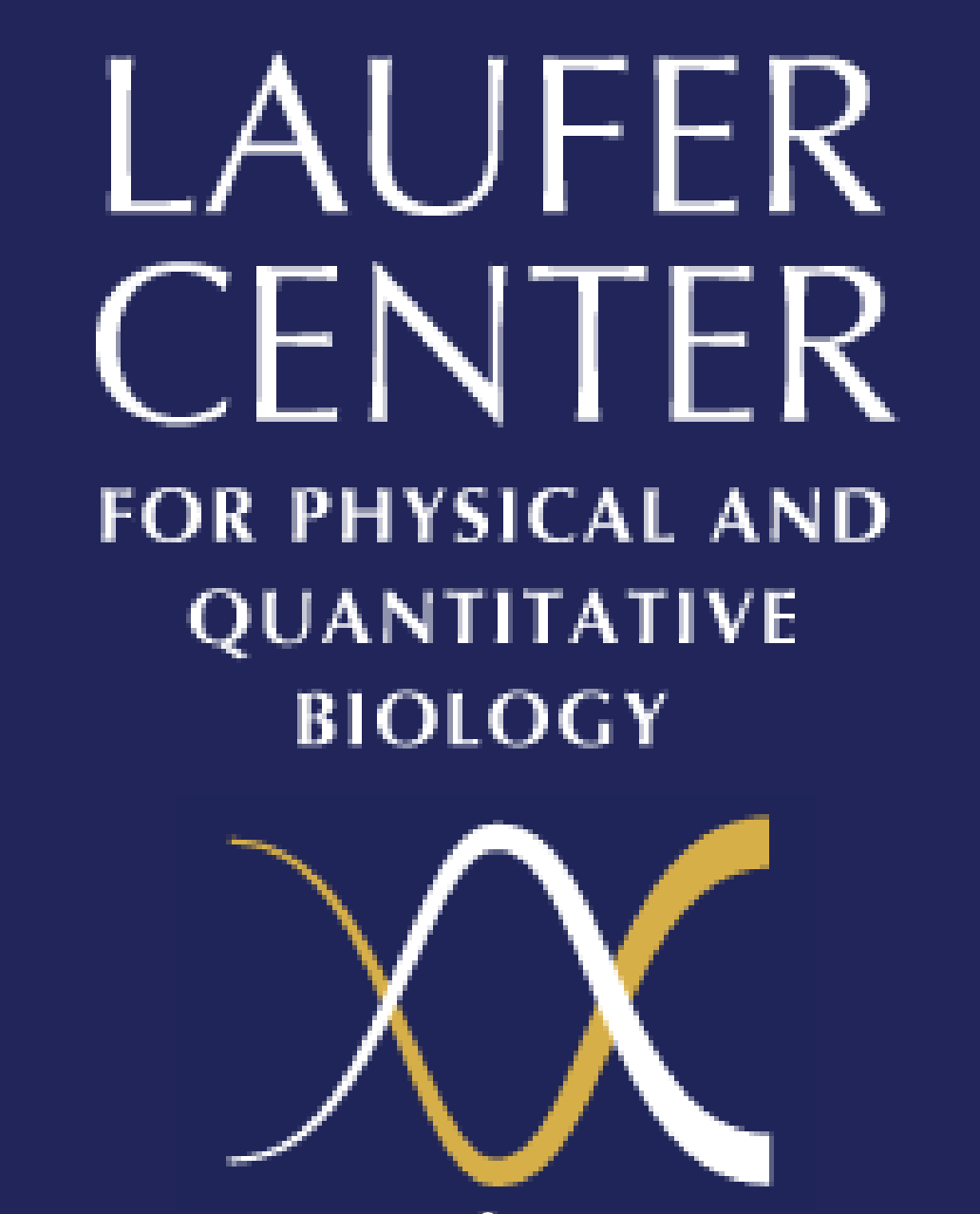Events Calendar
PhD, Weizmann Institute
Understanding DNA encoded mechanisms of regulation using high-throughput measurements of cell-to-cell variability
The ability of cells to accurately control gene expression levels in response to extracellular cues is limited by the inherently stochastic nature of transcriptional regulation. A change in TF activity results in changes in the expression of its targets, but the way in which cell-to-cell variability in expression (noise) changes as a function of TF activity, and whether targets of the same TF behave similarly, is not known. We measured expression and noise as a function of TF activity for sixteen native targets of the transcription factor Zap1 that are regulated by it through diverse mechanisms. For most activated and repressed Zap1 targets, noise decreases as expression increases. Kinetic modeling suggests that this is due to two distinct Zap1-mediated mechanisms that both change the frequency of transcriptional bursts. Notably, another mechanism of repression by Zap1, which is encoded in the promoter DNA, decreases the size of transcriptional bursts, producing a unique transcriptional state characterized by low expression and low noise. In addition, further reduction in noise is achieved when a single TF both activates and represses a single target promoter. These results suggest a global principle whereby at low TF concentrations, the dominant source of differences in expression between promoters stems from differences in burst size dominate. Taken together, we show that the precise amount by which noise changes with expression is specific to the regulatory mechanism of transcription and translation that acts at each gene.


